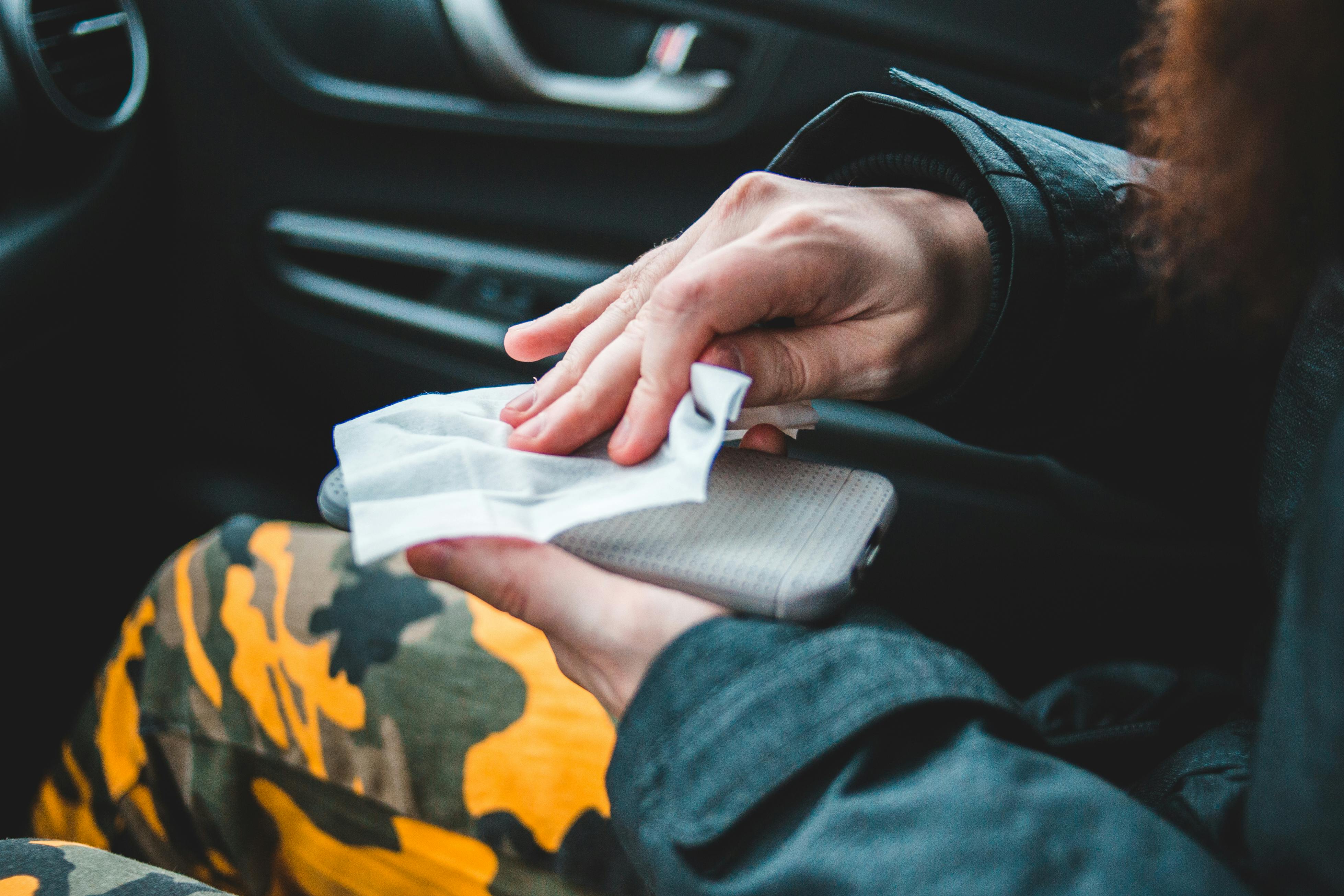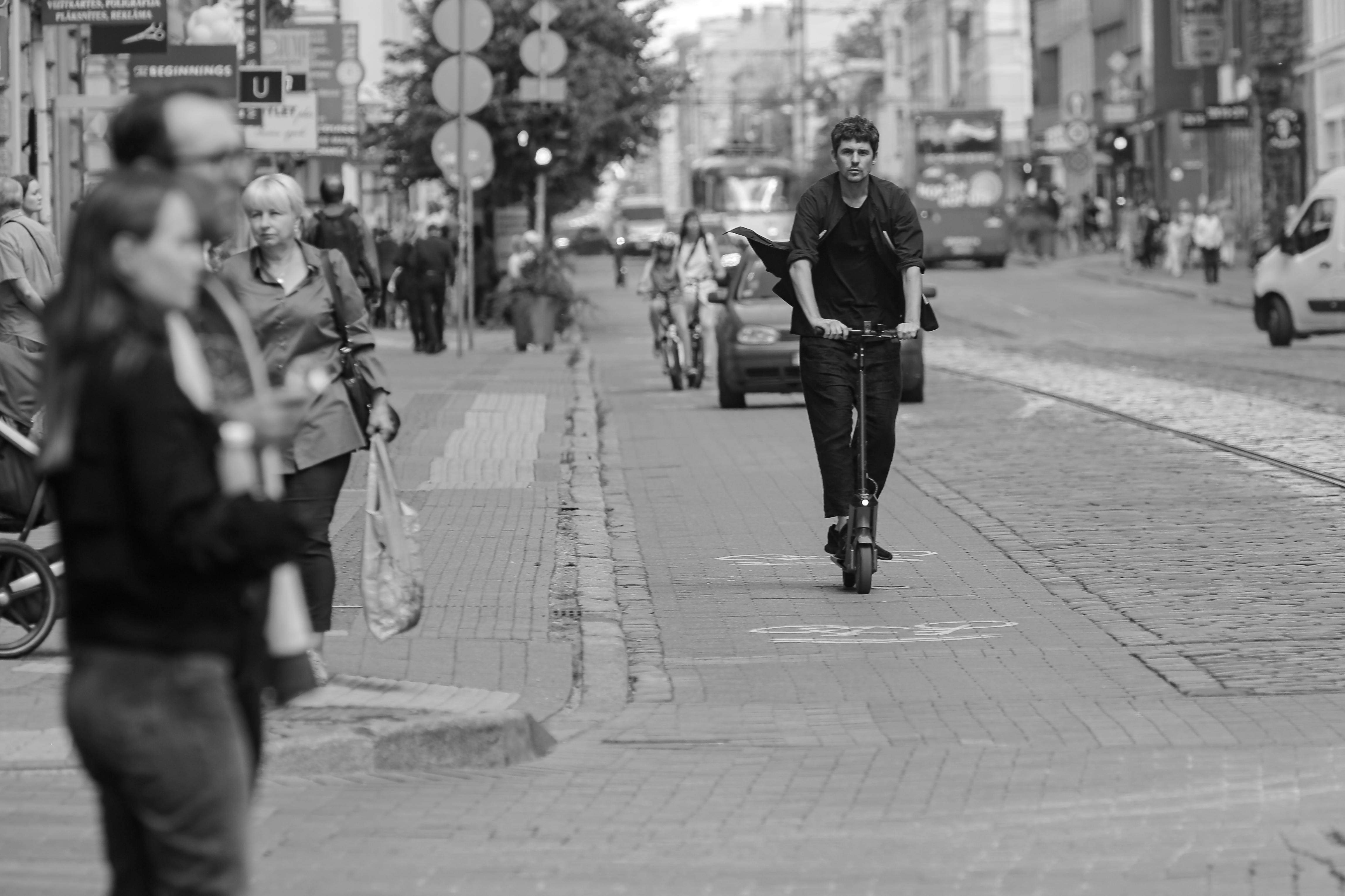The latissimus dorsi is the most powerful muscle in the back and pain and spasm in this muscle can cause significant lower back pain and aggravation of neck pain.
It is a very large triangular muscle that extends from the armpit to the lower back. It arises from the lower six thoracic vertebrae, the lumbosacral fascia, the crest of the pelvic bone called the ilium, and also from the lower three or four ribs. It inserts into the floor of the groove in the upper front part of the upper arm bone (humerus) known as the bicipital groove and is very close to the shoulder joint.
It works by bringing the arm closer to the body (adduction), rolling the arm inward as if placing the hand behind the body (internal rotation), and bringing the arm back (extension). The innervation of this muscle is the thoracodorsal nerve which carries the spinal nerve root fibers of the C6, C7 and C8 nerve roots.
This very powerful muscle can lift the body off the ground as if walking on crutches, climbing onto a pole and lifting the body onto the horizontal bar. In these activities you work together with the pectoralis major and abdominal muscles. It is used in swimming, especially in the downward stroke of a front crawl, and most swimmers have highly developed latissimus dorsi muscles, giving them a V-shape with broad shoulders tapering to a small waist.
Rowing-type activities are primarily the function of the latissimus dorsi muscle. In the baseball pitch, it contracts very strongly in the last phase of cocking. Arm acceleration, as in throwing-type activities, involves a prolonged contraction of the latissimus dorsi muscle, making this muscle prone to injury.
Overhead activities, especially against resistance such as rock climbing, are conditions that require prolonged contractions that injure this muscle. Pull-down and chin-up activities require a tremendous shortening contraction of the latissimus dorsi.
This muscle also raises the lower ribs and aids in breathing. Many patients with latissimus dorsi pain and spasm complain of pain with deep breathing and pain on the sides of the chest wall.
The latissimus dorsi muscle is the bridge between the lower back and the neck. Therefore, the neck and the entire middle and lower back must be addressed to treat this muscle properly. Without the latissimus dorsi muscle working properly, lifting-type activities will be performed with a shrug. Therefore, pain along the slope of the shoulders that is mainly due to pain in the trapezius muscles cannot be treated with local treatment only in the trapezius muscle. Pain in the area of the trapezius muscle will return unless the latissimus dorsi muscle is treated first.
Similarly, treatment of low back pain should always involve treatment of the latissimus dorsi muscle. Because of its attachments to the thoracolumbar fascia, the latissimus dorsi muscle can never be adequately treated until the gluteus maximus muscle is included in treatment.
Therefore, any symptoms of pain and discomfort involving the back should involve the “trio treatment” involving the gluteus maximus, latissimus dorsi, and trapezius muscles.
Since the latissimus dorsi muscle is constantly exposed to prolonged contractions with activities of daily living, most people have chronic tightness and shortening of this muscle. This leads to a significant limitation of the shoulder’s range of motion for internal rotation and extension.
Therefore, further injury to the commonly injured C6 and C7 nerve roots will further tighten and shorten the latissimus dorsi muscle, making it very difficult to treat.
© 2007 copyright www.stopmusclepain.com




